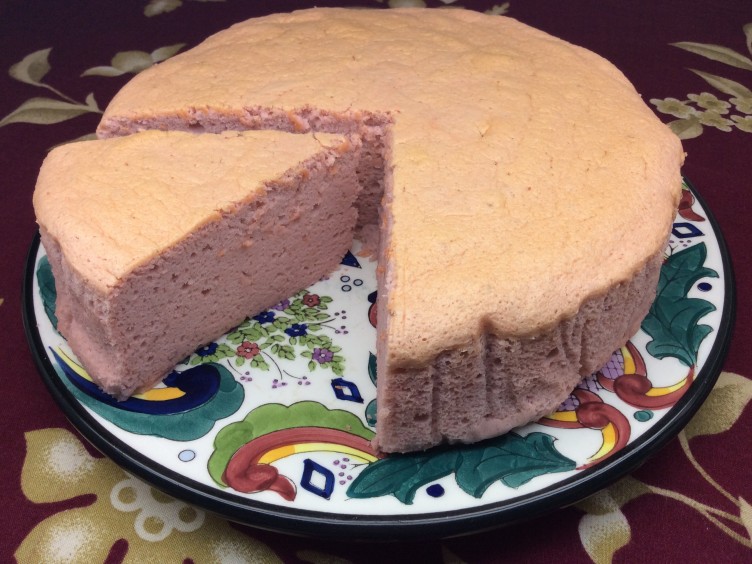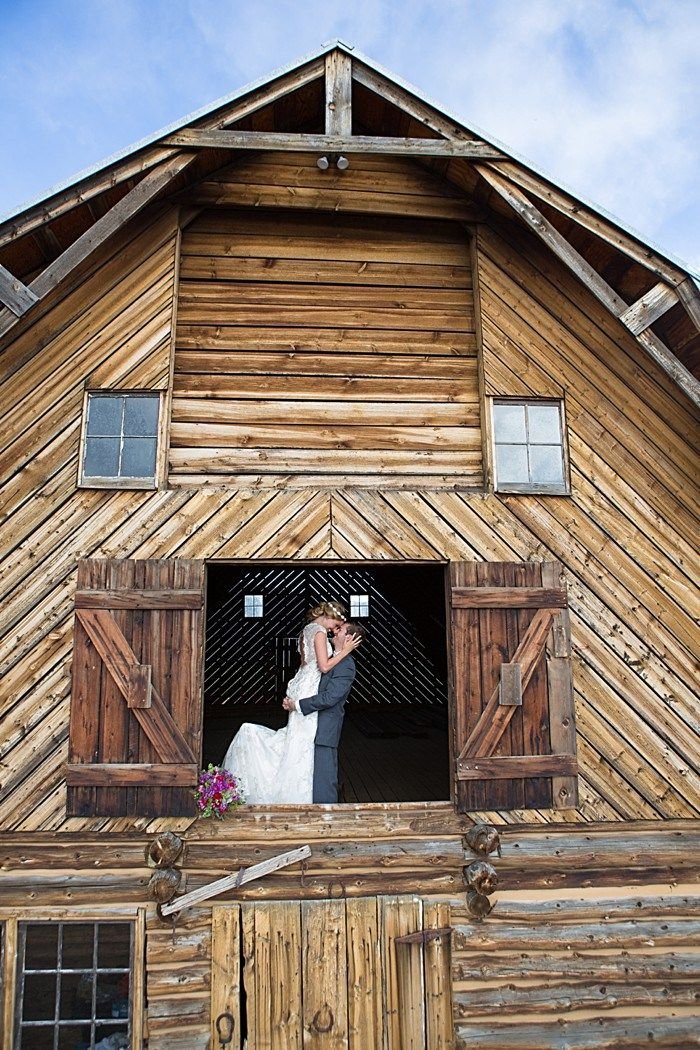

Daifukuĭaifuku mochi is a type of mochi that is big, soft, and round, with anko�(sweet red bean paste) inside. So, what types of mochi are there, and in what kinds of dishes will you find it? Mochi is largely used in many types of wagashi, Japanese sweets (lovely when paired with� matcha green tea), as well as in many savory Japanese dishes. If you grill or boil it, it will return to its original stretchy and chewy consistency.

Freshly-made mochi will become hard over time, so to preserve it, the mochi is pre-portioned and dried or frozen to keep for up to a year. Mochi can be made into small bite-sized�pieces and eaten in many ways. Once smooth and stretchy, you can eat the mochi immediately. A group activity, the collaborative nature of making mochi brings people together. However, making mochi together with family and friends is still commonly practiced throughout Japan as a part of celebrating the Japanese New Year. Mochitsuki is hard work, but now of course there are machines to do this process. One person is needed to pound the mochi, and the other person to turn it over and add water to get the right consistency and texture. This pounding of the rice into mochi is called mochitsuki. Making mochi the traditional way involves a mortar and a heavy mallet with at least two people. Firstly, the mochigome is soaked in water overnight, then it is steamed, and finally mashed and pounded into its soft, sticky state. Mochi is made from glutinous, short-grain rice called mochigome (mochi rice), which�is known for having a chewier texture than regular rice. A typical piece of mochi is a sticky and stretchy dough made of rice that has been pounded until smooth and can take on a variety of sweet and savory forms. Different regions of Japan have different mochi specialties and mochi is also widely used in home cooking. However, mochi is very versatile with endless flavor possibilities and is used in a number of different Japanese dishes. On its own, mochi tastes like rice but has a sticky, stretchy, soft, and chewy texture. Learn more about other iconic New Year's dishes in Osechi Ryori: Symbolic Japanese New Year Foods and Their Meanings. Now eaten all year round, mochi still has associations with various festivals and seasonal events throughout the year, such as Japanese New Year celebrations.

Add a healthy amount of syrup and kinako on the side.In ancient Japan, it was believed that mochi held a divine presence, so it was regarded as a sacred food that was eaten for health and good fortune. To serve, gently remove the Raindrop Cake from the mold and place on a plate. You can add a dollop of dark corn syrup to prevent crystallization.)

(Any crystals left will make it gritty and will crystalize the syrup after it’s cooled. To make syrup, boil 100ml water and dissolve 200g of dark brown sugarcane. Pour into mold and let set for at least 2 hours. Let the boiled solution cool to about 150 ☏. 100ml water (normal water will do it’s for the syrup)īoil 2 cups water, sprinkle in agar so it does not clump.1.20g agar powder (This is the minimal amount needed to hold its shape).2 cups water (Purest you can find, I used double carbon filtered, UV, reverse osmosis and ionized water).Below is the original recipe that I landed on that started it all. I learned everything I could about making jelly, experimenting with different agars and figuring out how a minor difference in water would make a big difference.
#Raindrop cake near me how to#
That fascinated me and I decided I would figure out how to make it on my own. I read about a Shingen mochi made out of water. I started Raindrop Cake as a small side hustle based on a fondness for Japanese desserts. The attention it got took me by complete surprise. In April 2016 I launched Raindrop Cake at Smorgasburg in New York.


 0 kommentar(er)
0 kommentar(er)
